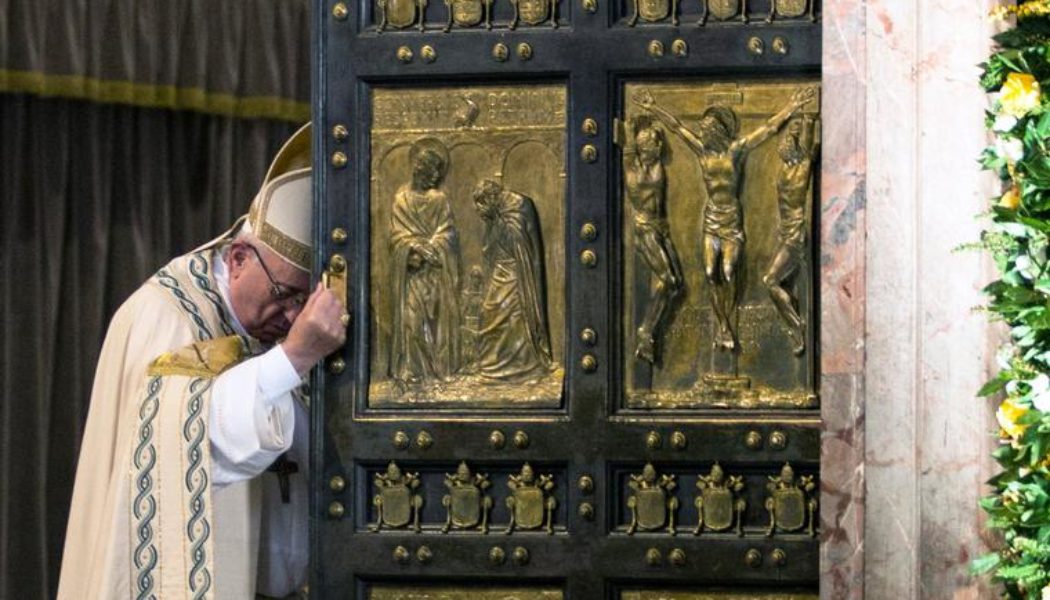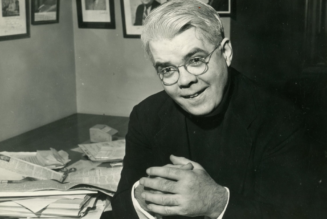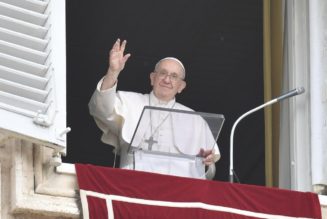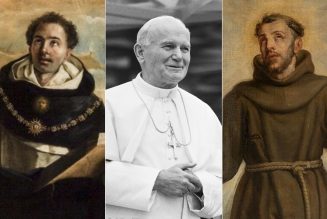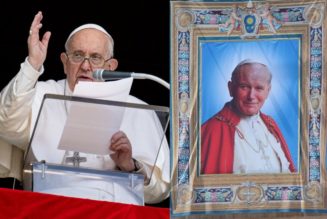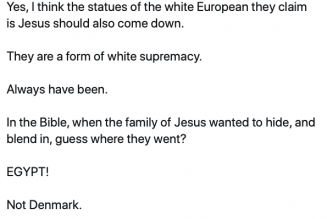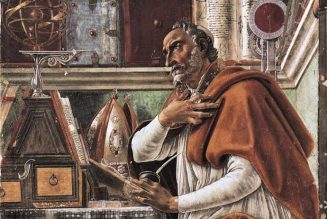
COMMENTARY: The idea of special “holy years” has become a key pastoral tool for popes in the last century
Whether there would be a holy year in 2025 was not clear. Not that anyone in Rome said that there wouldn’t be one, but there had been no confirmation of it, and very little talk about it.
On the final Sunday of the year, the announcement was made in the underwhelming fashion. There will be a holy year in 2025, keeping the tradition of holy years every quarter-century. The last holy year was the extraordinary Jubilee of Mercy in 2015-2016; before that there was the “ordinary” holy year of 2000, styled the “Great Jubilee.” The previous ordinary Holy Year was in 1975.
The announcement was curious, simply stating that the Holy Father had given “the Pontifical Council for Promoting the New Evangelization responsibility for coordinating the Holy See’s preparations for the Holy Year 2025.”
The official Holy See statement added that “in recent days the President of the Council, Archbishop Rino Fisichella, met with Superiors of the Secretariat of State, the Administration of the Patrimony of the Apostolic See (APSA) and the Secretariat for the Economy to discuss the upcoming jubilee.”
No doubt that there are accounting issues to work out, but it was odd that the holy year was first presented as a financial or fundraising matter.
One reason that some suspected Holy Year 2025 might not go ahead is because 2033 will be marked as the 2,000th anniversary of the passion, death and resurrection the Lord Jesus. In 1933, Pope Pius XI called an extraordinary jubilee year for the 1,900th anniversary of the redemption. Likewise, in 1983, Pope St. John Paul II had an extraordinary jubilee for the 1950th. It would follow that in 2033 there will be a great jubilee at least on par with the massive celebrations for the year 2000.
The idea of “special years” has become a key pastoral tool in the last century. The tradition of holy years began in 1300, with invitations for Catholics to make a pilgrimage to Rome. Eventually the interval between holy years was shortened from 100 to 25 years, so that everyone might (theoretically) have a chance to complete a holy year pilgrimage during his lifetime.
With the advent of global communications, the concept of the “holy year” has been inverted. While pilgrimage to Rome — and also the Holy Land — is still encouraged, the designated year is now proposed by Rome as an inspiration for pastoral activities the world over. Instead of pilgrims going to Rome, pastoral initiatives from Rome spread throughout the Church.
Thanks to mass communication, especially television, ordinary Catholics were able to witness the first holy year after World War II, 1950, including high points such as the definition of the dogma of the Assumption of the Blessed Virgin Mary and the canonization of Maria Goretti.
Venerable Pius XII was so pleased with the effects of Holy Year 1950 throughout the Church that he called a special “Marian year” for 1954, marking the centenary of the definition of the dogma of the Immaculate Conception.
St. Paul VI, facing the turmoil of the immediate post-conciliar years, drew from the same pastoral well by declaring 1967-68 a “year of faith” to mark 1,900 years since the martyrdom of Sts. Peter and Paul. Paul VI would himself preside over Holy Year 1975.
St. John Paul, having experienced the pastoral value of anniversaries from his experience of the millennium of Poland’s baptism (1966), was keen on designated years. He called the Jubilee of the Redemption (1983) and then a special Marian year (1988) to approximate the 2,000th anniversary of Mary’s birth. He designated the three years of preparation for the Great Jubilee 2000 as dedicated to the three Persons of the Holy Trinity.
After Jubilee 2000, he had a special Year of the Rosary (2002-2003) and Year of the Eucharist (2004-2005), during which he died.
Pope Benedict XVI took up the pattern, having a Year of St. Paul (2008-2009), a Year for Priests (2009-2010) and another Year of Faith (2012-2013), during which he abdicated.
Pope Francis held his extraordinary Jubilee of Mercy (2015-2016), followed by special designations for the Year of Our Lady of Loreto (2019-2020) and the Year of St. Joseph (2020-2021).
The Holy Father introduced an innovation by designating special years to celebrate his own magisterium, calling a Year of Laudato Si (2020-2021) and a Year of Amoris Laetitia (2021-2022). The ongoing Year of Amoris Laetitia is a full 15 months — longer than the Jubilee of Mercy, which did not last a full year.
While the special years celebrating Laudato Si and Amoris Laetitia have not seemed to stir up much local fervor, the Year of St. Joseph, despite being announced with no advance notice, certainly inspired countless pastoral initiatives and a widespread renewal of devotional practice.
Ordinary holy years are easier to prepare for, as they come on schedule every 25 years. With 2025 now confirmed by the Holy See, pastoral preparations can begin across the whole range of parish renewal activities, pilgrimages, catechetical programs and Catholic publishing.
Holy Year 2025 will mark an intense period leading up the expected Jubilee of Redemption in 2033. It is also likely that there will be a Year of Guadalupe in 2031, marking 500 years since the apparitions of Our Lady to St. Juan Diego.
Join Our Telegram Group : Salvation & Prosperity
